Have you ever felt like you needed to decide on a specific career path to “make it” in our industry? Like having a specialty is the only way to be recognized? Because I know I have.
Deciding on a creative career path was initially overwhelming for me. I was envious of my peers, who could confidently say they were on a trajectory towards becoming a designer, animator, or photographer. Each of those directions seemed fantastic, but I couldn’t decide which one would ultimately be my calling.
Then came the summer of my sophomore year at the OTIS College of Art and Design and my first experience with Director Michel Gondry. I was struck by overwhelming inspiration after watching a collection of his work. I became fixated with his ability to combine music, filmmaking, animation, and visual effects techniques into imaginative works of narrative art. From that moment, I decided not to limit myself to a singular medium. By freeing myself of the fear that I lacked vocational focus, I was ultimately able to achieve my professional goals, and today, I am honored to say that I am a Director and Creative Director at Scholar studio.
If you are also interested in a non-traditional career path, here are a few of my hard-earned lessons on how to navigate a mixed media approach towards a fulfilling career.
1. Stop and listen to inspiration everywhere – there’s a reason it’s speaking to you
There is an undeniable stir of passion I experience after something impresses me. I recognize this moment as authentic inspiration, and it can be triggered by events like a verse of music, a sequence of animation, or a moment in a film. Following this feeling, I strive to stop, step back, and analyze the experience with the goal of understanding what ingredients within the moment connected to my tastes.
For example, in college, I was captivated with classic film noirs like Sunset Blvd and The Third Man. So much so that I was inspired to animate a short film about a deadly crime titled “The Shadow.” I was also obsessed with Oskar Fischinger’s abstract animations from the 1930s. Much of my student work was heavily influenced by studying his use of simplified shapes in motion. Combining Fischinger’s aesthetic (like this or this) with a 1970’s funk song helped me envision 3D dancing Coca-Cola bubbles for my successful senior thesis. I discovered that these moments of inspiration from seemingly unrelated crafts could help create a vision for my work.
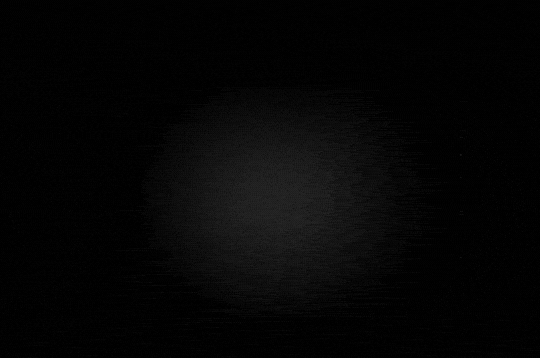
The Shadow, student work by Michael Tavarez.
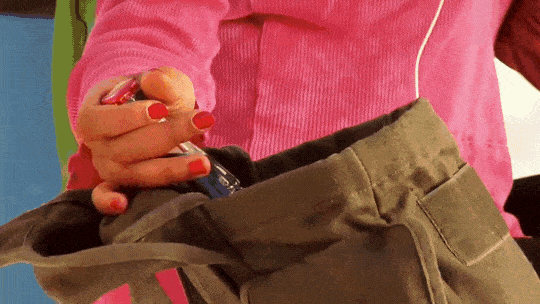
Coca-Cola – Bubble Dance, student work by Michael Tavarez.
2. Find Mediums that Entice You – make your own Venn diagram
Early into my professional career, I was a motion graphics artist, mostly animating 3D characters and adding lens flares to logos, but in my personal life, I sought out different creative opportunities. I would reach out to local bands and offer to make affordable music videos by combining digital effects with techniques from classic animation. Word got out, and after a short time, I started receiving more opportunities to lead mixed media projects. I was ecstatic when Blind Studios contacted me to head a stop motion spot for Lunchables, this was very early into my career, so it was a huge opportunity. My familiarity and enthusiasm for the craft allowed me to successfully lead a small team of animators despite it being my first go with stop motion professionally.
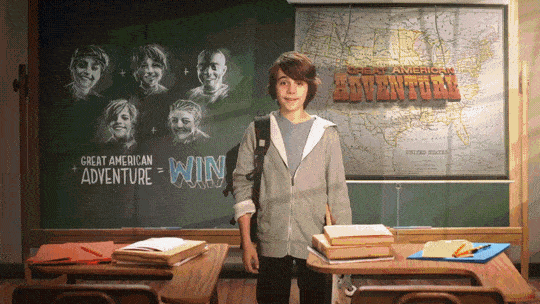
Lunchables animated by Michael Tavarez.
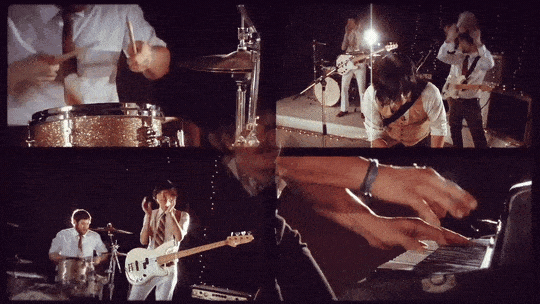
Dusty Rhodes – “All One” music video directed by Michael Tavarez
3. Enjoy creative passions outside of your day job – it’s not a waste of time
During my years as an Art Director, it was tempting to bury myself in the crafts that were most likely to make me employable. However, I found an immeasurable amount of value in continuing to explore creative mediums outside my day job. At one point, I took up DSLR filmmaking, and I even joined a short film club. During the day, I would be at work designing and animating whilst attempting to learn casting, cinematography, and editing in the evenings. The effort that went into executing filmmaking projects after a full day’s work was exhausting, and there was no guarantee that the skills I was pursuing would ever pay off. However, combining my 2D and 3D animation skills with my cinematic knowledge prepared me to art direct the compelling transitions in a campaign for the San Diego Zoo and the complex effects editing for a thrilling Acura commercial.
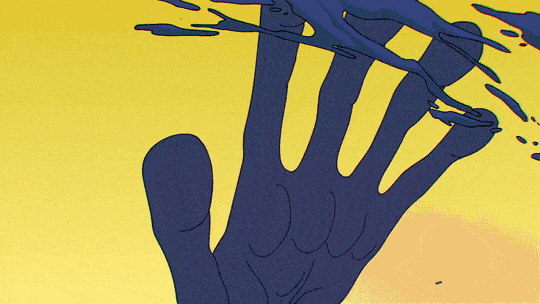
San Diego Zoo commercial Art Directed by Michael Tavarez.
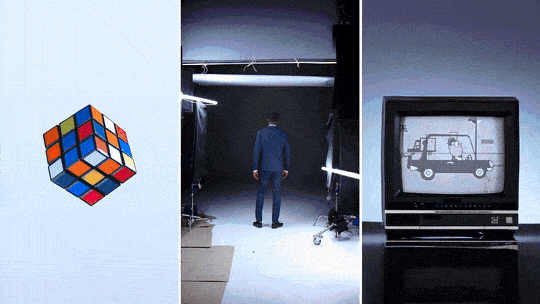
Acura TLX commercial Art Directed by Michael Tavarez.
4. Learn, Learn, and Learn Some More – even if you mess up
I have found that having a student’s mindset helps when exploring new skills, not only the desire to learn but also accepting the need to ask for help and not fearing public mistakes. When I first became a Director and Creative Director, many of the skills I had pursued over the years were incredibly useful. However, there were still large gaps in my knowledge—for example, directing required an understanding of fashion, stage design, music, and more. Fortunately, I was surrounded by a talented team, and I kept my ego in check, which allowed me to remain a student of their multiple crafts. Even now, though I am confident in my ability to direct, I enjoy expanding my horizons. Who knows what interests will one day influence my future work.

Honda Passport/Civic Creative Directed and Directed by Michael Tavarez.

San Manuel Casino The Next Frontier Creative Directed and Directed by Michael Tavarez.
Today I love that my portfolio continues to grow with a mixture of live-action, character animation, cel animation, visual effects, and motion graphics. I started my creative career struggling to narrow my artistic focus, and it has been over a decade since I decided I wouldn’t box myself in. Today many describe me as a “Mixed Media” Director, a title to be proud of.






